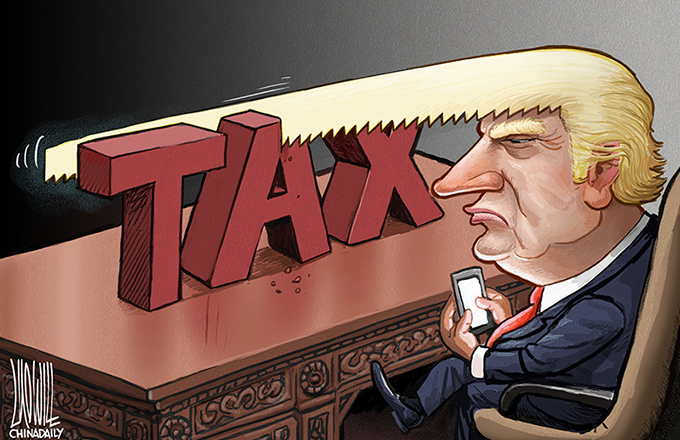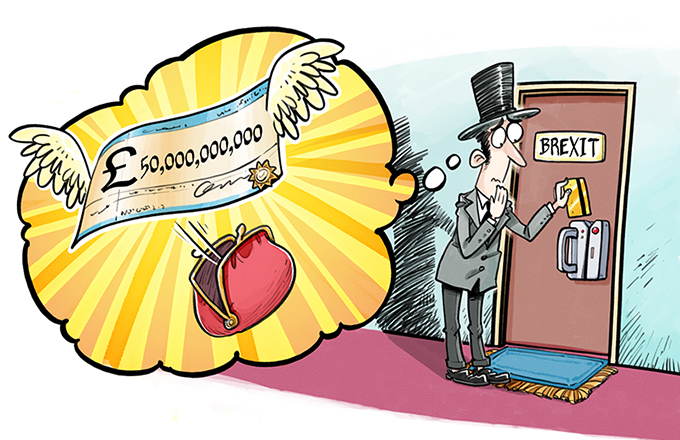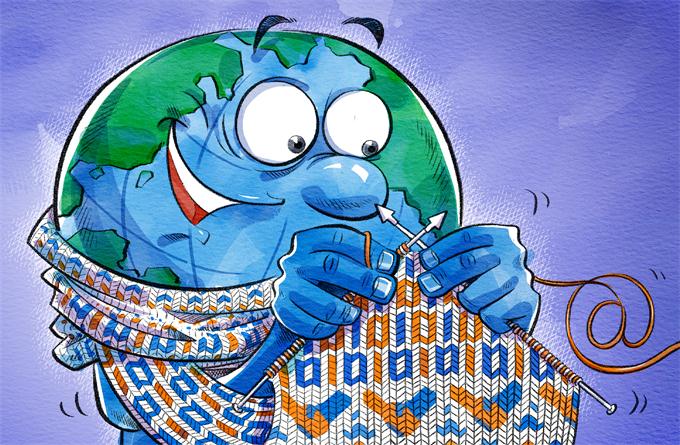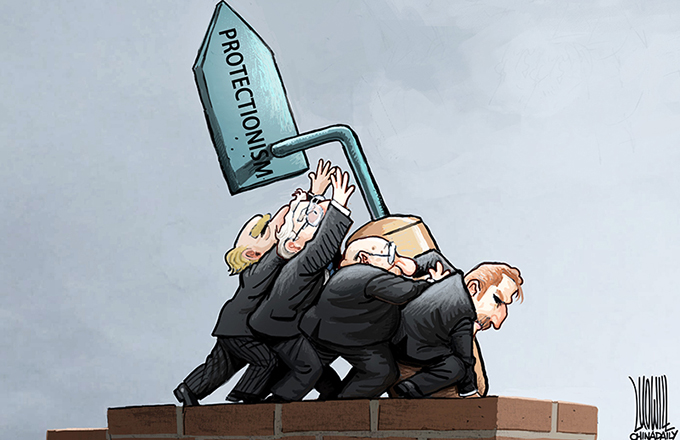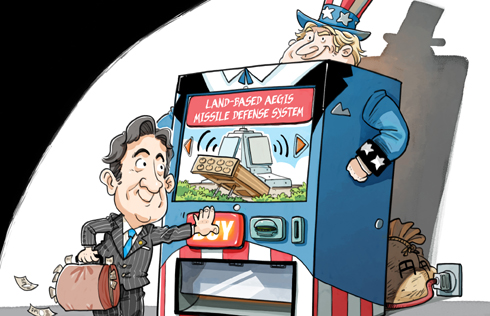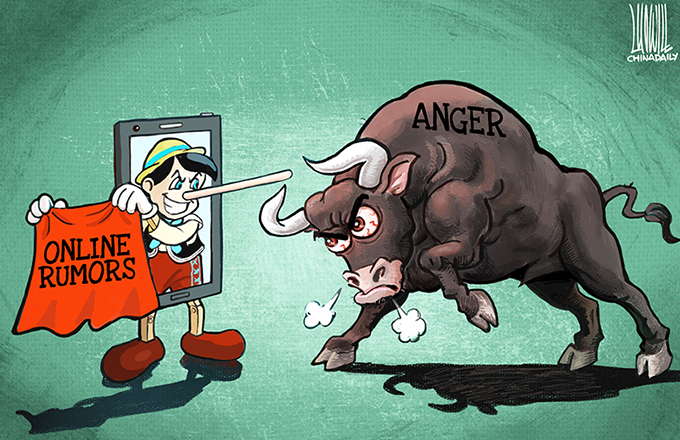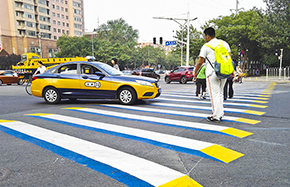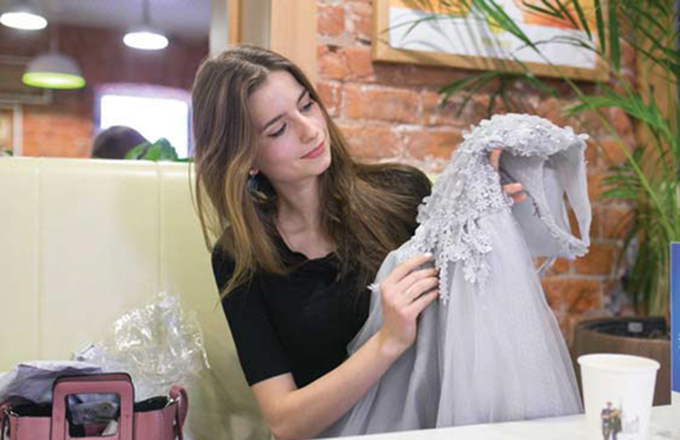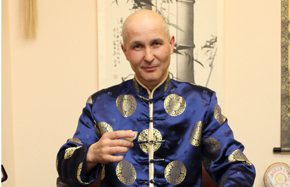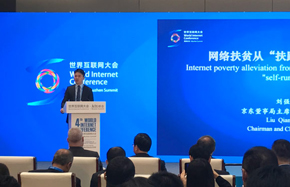Airport view of Australia polls
As a self-proclaimed "airport economist", I travel a lot and have seen the election system at play in many economies (nay countries).
In lead-up to the Australian election, I thought about the passengers who pass through the three terminals of Sydney Airport and how, in some sense, they represented the demographics of the Australian electorate.
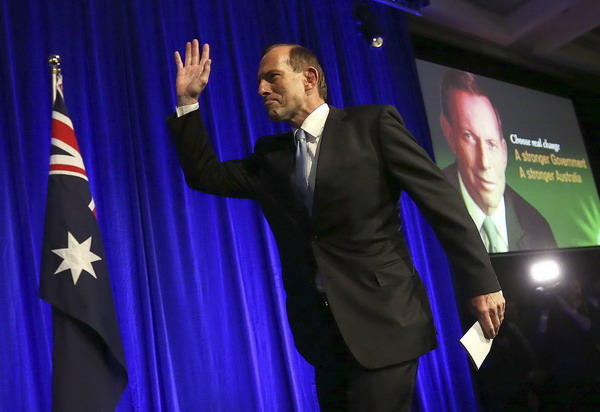
Australia's conservative leader Tony Abbott arrives to the stage to claim victory at an election night function in Sydney September 7, 2013. [Photo/Agencies]
In Terminal 1, the international terminal, you have a mix of regular business travellers from corporate Australia. They are a mix of high-income, mainly Liberal Party voters but with some professional class Labor Party voters and Greens as well.
But there are also young voters (back packers and students who are traditionally Labor and now increasingly Green) and an increasing number of Australians from across the income spectrum who can now travel overseas for holidays thanks to the strong Australian dollar and increasing competition among airlines, especially in Asia.
The strong Australian dollar is causing a once in a generation structural change in the country's economy, with Australian businesses exporting to Asia, Australian consumers buying retail online from the United States, and Australian tourists vacationing in Tuscany (Italy) and Thailand rather than Townsville or Tweed Heads (both in Australia).
But through Terminal 1 passes another major segment of the Australian electorate that always matters - immigrants. Immigrants pass through the terminal not only to fly back to see their relatives (or welcome new family members, like Italian and Greek migrants used to in the 1950s and 1960s at the docks), but also to check out the airport. Who do see doing all the work there? Who do they see cleaning the airport, serving in the shops, or handling the baggage, driving the taxis or airport buses or helping people check into hotels? Immigrants. And not surprisingly, many of them are newly arrived.
Australian Bureau of Statistics data show that one in every four Australian was born overseas. And according to data from Sensis (which publishes Australia's White Pages and Yellow Pages telephone directories), one in every two Australian exporter was born overseas. On average, immigrants do the work, create the jobs, make excellent employers and exporters, and their children and grandchildren will probably go to universities or become highly skilled workers.
Immigrants in the high-income bracket, but immigrants (most of whom are in low- or middle-income group) have traditionally voted Labor.


